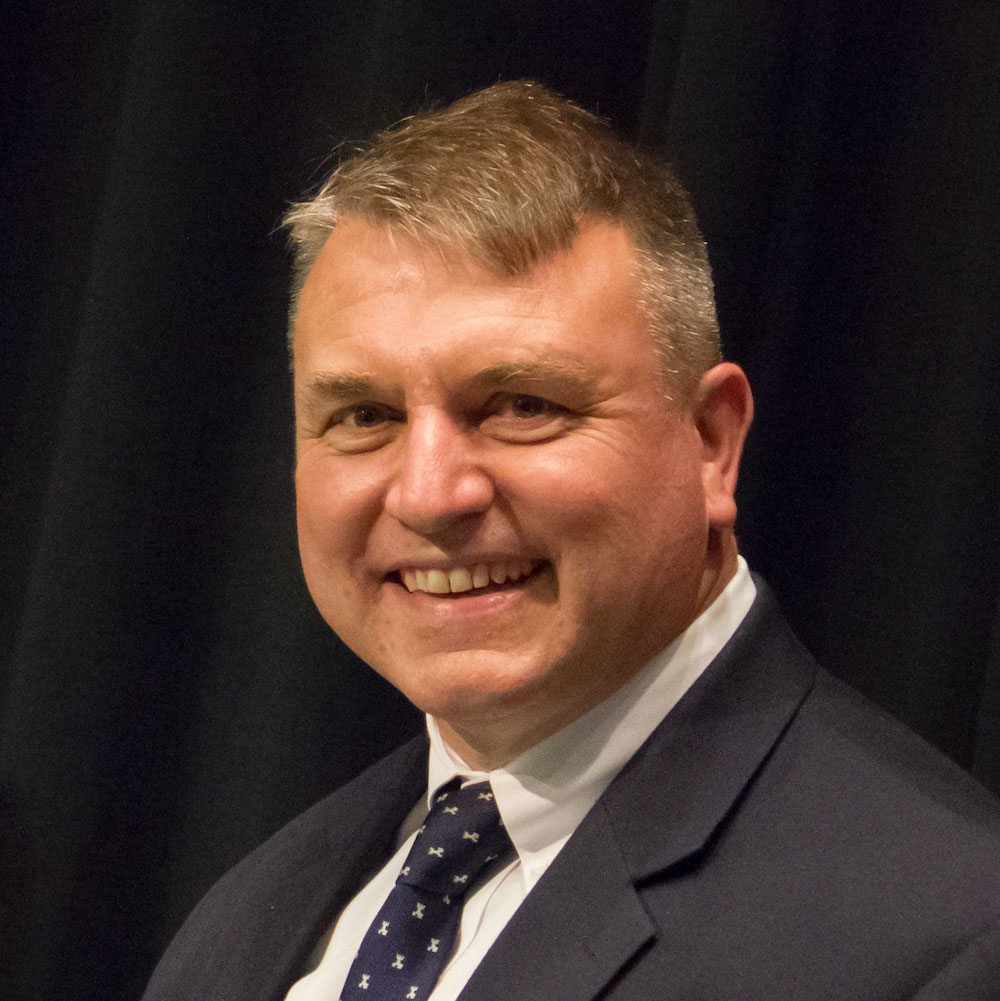|
Getting your Trinity Audio player ready...
|
[Editor’s Note: This is the tenth in a multi-part series on the unsung heroes of Christendom.]
In his new book, Science at the Doorstep to God, Fr. Robert Spitzer shows that new discoveries in the physical sciences point toward the existence of God. This revolutionary new evidence for God’s existence makes atheism seem sillier than ever. Already effectively disproved through the rational arguments of philosophy and the evidence of history, atheism is now being debunked by the physical sciences. Revolutionary new evidence for God’s existence makes atheism seem sillier than ever.Tweet This
Although these new discoveries in science might surprise the atheists, they should be no surprise to Catholics. The Church has always insisted on the inexorable union and indissoluble marriage of faith and reason. This is why G.K. Chesterton reminds us that the Catholic Church is the “one continuous intelligent institution that has been thinking about thinking for two thousand years.”
It is also the reason that the Catholic Church has produced some of the greatest scientists who have ever lived. These scientists might not be known to Catholics, or else, if they are known as scientists, they might not be known as Catholic scientists. This being so, let’s look at a dynamic duo of great scientists who should be known—and whose Catholicism should be known.
Orthodox. Faithful. Free.
Sign up to get Crisis articles delivered to your inbox daily
Niels Steensen (1638-1686) was a Danish scientist, better known as Nicolas Steno, the Latinized form of his name. A veritable genius and pioneer in various branches of science, he made fundamental contributions to the study of anatomy, paleontology, geology, and crystallography. Raised as a Lutheran, his study of theology, especially the writings of the early Church Fathers, led to his conversion to the Catholic Faith. He would be ordained as a priest and, in 1667, was appointed as a bishop by Pope Innocent XI.
His contribution to new discoveries in science is so important that he is considered effectively to be the pioneering founder of the science of geology and particularly of the branch of geology known as stratigraphy. Such is his foundational place in the history of science that half of the twenty papers in a recently published book, The Revolution in Geology from the Renaissance to the Enlightenment, focus on Steno’s preeminent place as the “founder of modern geologic thought.”
Apart from his scientific work, Steno lived a good and holy life. As a bishop, he worked tirelessly to counter the harmful impact of the Reformation in northern Europe. He lived a rigorously ascetic life of prayer and fasting, selling his personal possessions to give to the poor. He was beatified by St. John Paul II in 1988.
Maria Gaetana Agnesi (1718-1799) was a mathematician and therefore not, strictly speaking, a scientist (pure mathematics being more akin to the philosophy of metaphysics than to the purely physical sciences). Nonetheless, she fits very comfortably in the company of the Catholic scientists we should know.
Born in Milan, she was recognized as a child prodigy. She spoke both Italian and French by the age of five and had added five other languages by the time she was eleven: German, Greek, Hebrew, Latin, and Spanish. It was, however, in the field of mathematics that she is best known and most justly celebrated. She was the first woman to write a mathematics handbook and the first person to write a textbook discussing both differential and integral calculus.
She was also the first woman to be appointed as a professor of mathematics when, in 1750, she was appointed to the University of Bologna by Pope Benedict XIV. It is also worth noting that Benedict XIV was responsible for the appointment of another woman scientist, Laura Bassi, to positions at the University of Bologna. With these history-making appointments, we might consider Benedict XIV and the papacy as unsung pioneers of authentic feminism.
As with Nicolas Steno, Maria Gaetana Agnesi was a devout Catholic who lived a truly inspirational life of sanctity. Like Steno, she studied theology, especially the early Church Fathers, and devoted herself to working with the poor, the homeless, and the sick. She founded the Opera Pia Trivulzio, a home for the elderly, becoming its director and living there with the nuns who ran the home. She sold her possessions and begged for money to help her in her work with the poor. She died as poor as those whom she served, being buried in a mass paupers’ grave.
Whereas Maria Gaetana Agnesi’s life paralleled that of Nicolas Steno to such a remarkable degree, she has never been formally recognized by the Church in the sense of a cause for her canonization being initiated. She is, therefore, an unsung heroine even with respect to the Church. Why is this, one might ask? Is there something about her life that is problematic? Or is this simply a sin of omission awaiting rectification?
Either way, it has always been a pious practice of the faithful to pray for the intercession of those whom they consider to be holy and in Heaven. It is only through such prayers that a cultus develops which leads to the cause for canonization being opened. This being so, as an act of piety, let’s ask both Nicolas Steno and Maria Gaetana Agnesi, scientists, servants of the poor, and unsung heroes of Christendom, to pray for us.
